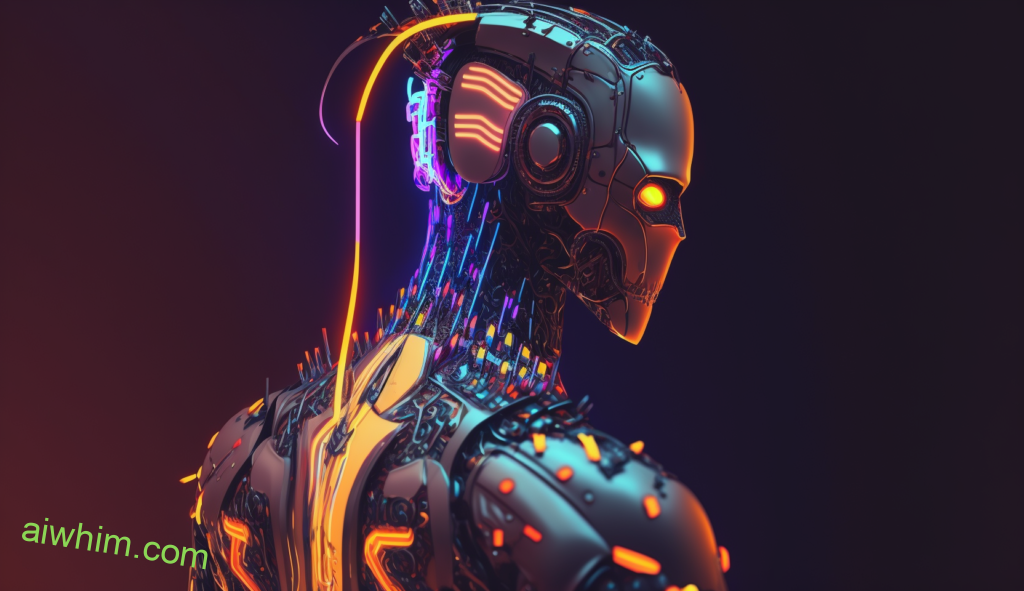Are you a radiologic technologist who is concerned about the potential of AI to replace your job? With the increasing prevalence of automated technology in many industries, it’s understandable that this worry might be nagging at you. But don’t let fear overtake what could be an exciting future for radiologic technologists!
In this article, we’ll explore whether or not AI will replace radiology techs and how they can stay ahead of emerging technologies. We’ll also discuss ways in which these professionals can prepare themselves for any changes brought by new technology and remain competitive in their field. So if you’re worried about being replaced by robots anytime soon, read on to find out more!
Definition Of Radiologic Technologist (Rad Tech)
Radiologic technologists, also known as rad techs, radiology technicians or radiographers, are healthcare professionals who specialize in medical imaging. Their job is to use sophisticated imaging technology to produce diagnostic images of the body’s internal structures for medical diagnosis and treatment. Radiologic technologists must be familiar with a variety of equipment such as X-ray machines, CT scanners, and MRI systems. These professionals must also have an understanding of anatomy and physiology so that they can properly position patients for each procedure.
The profession requires excellent technical skills and knowledge since it involves complex machinery and detailed information about the human body. Additionally, radiologic technologists must be able to work effectively with other staff members in order to ensure accurate results from the procedures they perform. Furthermore, these professionals need good communication skills because they often interact directly with patients in order to explain their role during the exam process.
Despite being highly skilled workers in a specialized field, there has been some speculation about whether radiologic technologist jobs could eventually be replaced by artificial intelligence (AI). AI technology has already made its way into many aspects of our lives today – but how might it impact radiologic technology?
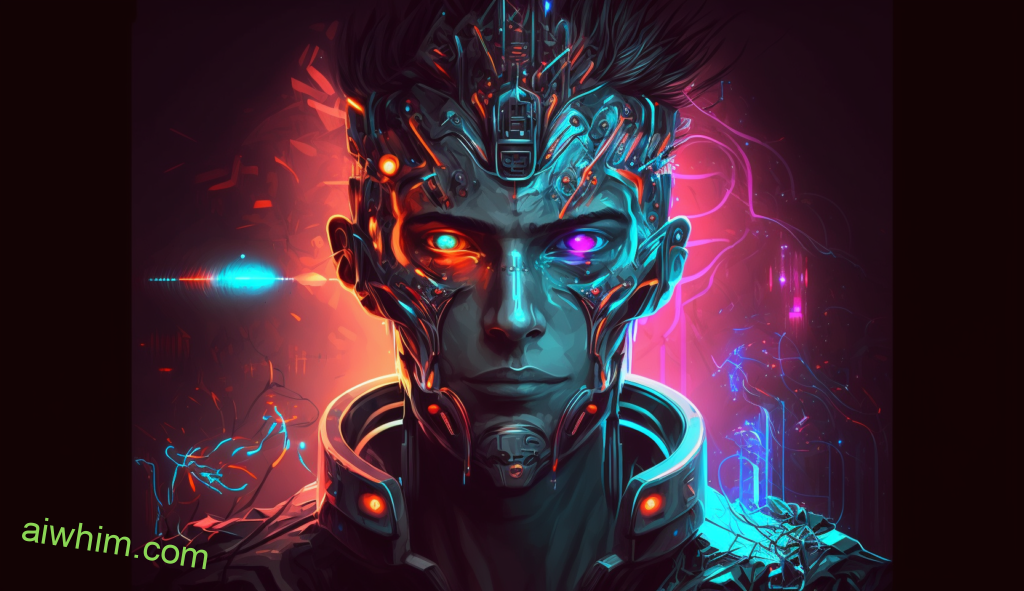
Moreover, we have an informative article discussing the influence of AI on nursing jobs. (Click to read.)
Definition Of Artificial Intelligence (AI)
The concept of Artificial Intelligence (AI) has been around for decades, but only recently has it become a reality. In essence, AI is the science and engineering that enables computers to think and act like humans do, using machine learning, deep learning and natural language processing (NLP). It also includes computer vision which allows machines to see objects in their environment.
In terms of job displacement due to this technology, some experts suggest that radiologic technologist jobs are at risk of being replaced by AI. This could be because AI can process data more quickly and accurately than human beings, making them better suited for tasks such as medical image analysis. Here’s a list of reasons why:
- AI algorithms can detect subtle changes or abnormalities from medical images faster than any person.
- Machines don’t get tired like people do; they can work 24/7 with zero errors.
- AI eliminates the need for costly training costs associated with hiring new staff members.
- Automation reduces human error while increasing accuracy in diagnosing conditions.
Therefore, it’s not inconceivable that radiologic technologists’ jobs may eventually be taken over by AI if companies decide to invest in this technology instead of employing people to perform the same task. Given its potential cost savings and other advantages compared to traditional methods, investing in this type of technology appears attractive to many businesses looking for ways to reduce operational costs without sacrificing quality standards. Ultimately though, it remains uncertain whether AI will replace all radiologic technologist positions—or just certain aspects—in the near future.

Furthermore, we invite you to read this article that delves into the role of AI in veterinarian careers. (Click to read.)
Overview Of Radiologic Technologist Jobs
Radiologic technologists are healthcare professionals who specialize in the use of medical imaging to diagnose and treat illness. Their job includes a variety of tasks, such as operating sophisticated diagnostic equipment, preparing patients for exams, administering contrast agents, analyzing images, and providing patient education. Radiologic technologist jobs require extensive training and experience; applicants must have at least an associate’s degree from an accredited program before taking the certification exam administered by the American Registry of Radiologic Technologists (ARRT).
The role of radiologic technologist is vital to diagnosing illnesses quickly and accurately. They work closely with physicians to determine which type of imaging test is needed for each particular case, ensuring that all relevant information is collected so that the doctor can make the best possible diagnosis. Additionally, they play an active role in patient care during examinations, making sure that patients understand instructions and feel comfortable throughout their visit.
Radiologic technologists also serve as educators in many cases – teaching students about proper radiation safety protocols or even helping outpatients better understand their condition through one-on-one meetings or group classes. While there has been speculation over whether AI could replace some aspects of this job, it seems unlikely that machines will ever be able to match the close relationship between humans and technology required for these roles any time soon. The combination of technical skill and empathy demonstrated by radiologic technologists cannot easily be replaced by artificial intelligence.

Additionally, this article provides valuable insights into how AI is reshaping pharmacist jobs. (Click to read.)
Pros And Cons Of AI In Health Care
Professionals have been wondering recently whether their jobs as radiologic technologists will be replaced by artificial intelligence (AI). To answer this question fully requires an understanding of both the benefits and risks associated with AI in health care.
The advantages of using AI in health care include increased accuracy and efficiency for both diagnostic tasks and patient treatment plans. Additionally, AI can provide clinicians with more accurate insights into diseases and conditions, allowing them to make better decisions about treatments before they start implementing them. Finally, AI technologies allow hospitals to quickly analyze large amounts of data related to clinical outcomes or financial performance without having to manually search through records.
On the other hand, there are some drawbacks associated with utilizing AI healthcare technology as well. For example, since many algorithms used in medical decision making rely on historical data sets which may not accurately reflect current trends or conditions, incorrect predictions can occur if proper safeguards aren’t put in place. Furthermore, certain types of AI have been found to exhibit bias against certain demographic groups due to errors within their training datasets; these biases can lead to unequal access to care if not addressed appropriately. Finally, while automated diagnosis has become increasingly common over recent years, physicians still need interpretive insight when diagnosing complex cases – something that cannot always be provided by machines alone.
In short, while there certainly appears to be potential applications for AI in health care settings – including replacing some roles traditionally held by humans – it’s important that we consider all aspects carefully before relying too heavily on automation for our most critical medical decisions. We must also ensure that any forms of bias present within existing algorithms are identified and corrected immediately so that everyone receives equal access to quality care no matter who they are or where they live
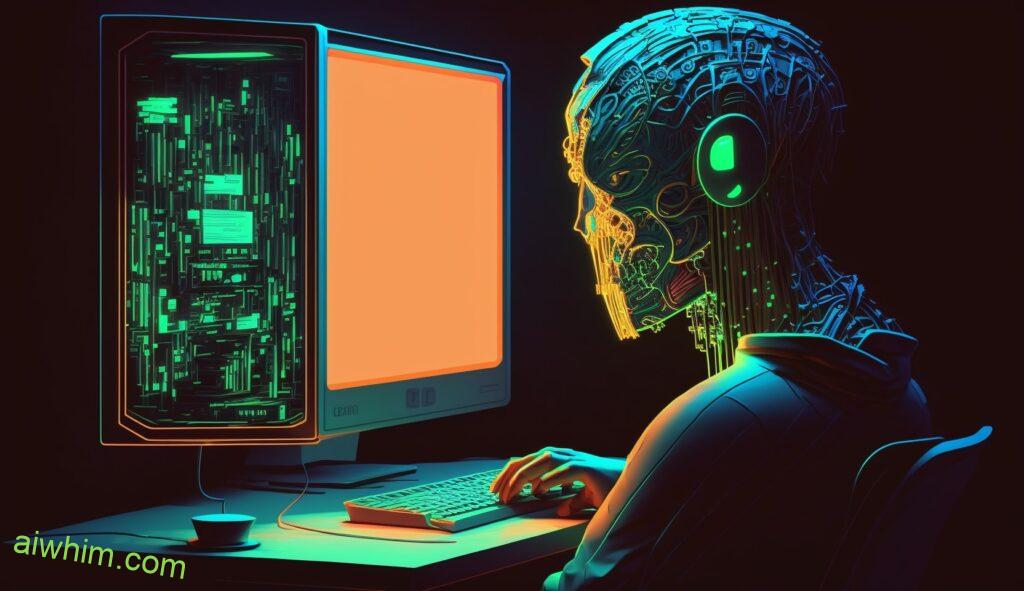
Potential Impact Of AI On Radiologic Technologist Jobs
As the potential for artificial intelligence (AI) in health care continues to expand, it is becoming increasingly important to consider how AI may impact radiologic technologist jobs. Radiologic technologists are responsible for capturing images of the human body using specialized imaging equipment such as X-ray machines and ultrasounds. With AI’s capacity to rapidly process large volumes of data, there is a worry that radiology technicians could eventually be replaced by machines.
The introduction of AI into medical imaging brings with it both benefits and drawbacks. On one hand, AI can increase efficiency in medical diagnostics by quickly recognizing patterns in medical scans which would otherwise take far longer for humans to detect. This has the potential to significantly reduce costs while improving accuracy and patient outcomes. On the other hand, however, this kind of automation also has consequences on job security within the field of radiologic technology. As advancements in machine learning allow computers to become better at detecting abnormalities on diagnostic images, there is a fear that these systems will eventually replace many roles currently filled by humans – including those held by radiologic technologists.
As AI technologies continue to advance, so too does its potential application in healthcare settings such as radiological practice. While its implementation could ultimately benefit patients through improved diagnosis accuracy and reduced costs, it could also have an adverse effect on employment opportunities available for radiologic technologists worldwide. To ensure that workers are not left behind due to technological advances, governments should consider implementing policies that protect against displacement caused by AI and provide support for retraining programs designed specifically for affected workers within the industry.
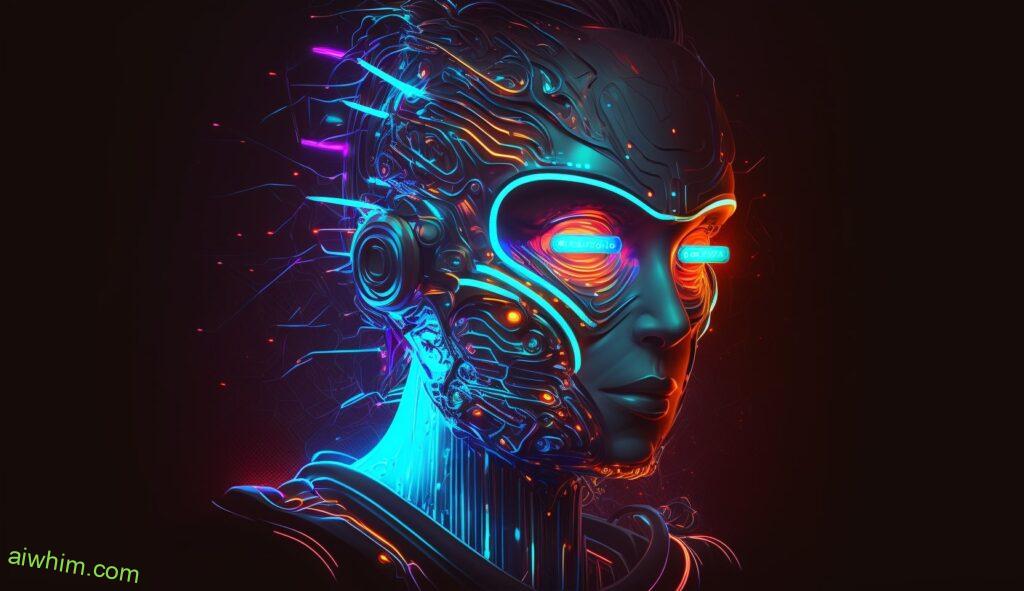
How AI Is Used In Diagnostic Imaging
Like a fish out of water, AI technology is making waves in the medical imaging industry. With AI being used to analyze images, diagnostic imaging has become more accurate and efficient. In particular, this type of image analysis can help doctors detect anomalies or patterns that may be overlooked by humans alone.
AI can also be used to improve existing medical imaging techniques. For example, Artificial Intelligence can be utilized to optimize protocols for X-ray, CT scan or MRI scans so they are less time consuming and costly while providing better results than manual methods. Additionally, AI can enhance current imaging technologies such as ultrasound machines and PET scanners to provide 3D models with greater detail and accuracy than ever before.
Despite these advancements in diagnostic imaging capabilities due to AI use, radiologic technologists are still needed for many tasks related to medical imaging technology which require a human touch—such as positioning patients correctly during scanning procedures—and cannot yet be done autonomously by machines. Therefore, it is unlikely that radiologic technologist jobs will be replaced by AI anytime soon; rather, their roles are likely to evolve alongside the increasing integration of Artificial Intelligence into diagnostic imaging processes.

Challenges And Limitations Of AI In Imaging
AI imaging has many potential benefits, but it also comes with a few challenges and limitations. Despite the potential of AI to improve accuracy in diagnostic imaging, there are still some areas where radiologic technologists may have an edge over AI. Here are three key points that illustrate the challenges and limitations of AI in imaging:
- Radiologic Technologist Competency – While AI can be trained to detect certain patterns or abnormalities on scans, they cannot yet match the level of competency possessed by experienced radiologic technologists. Therefore, even if AI is used for screening images, a knowledgeable human being should always review the results before making any decisions.
- AI Imaging Complexity – Artificial intelligence algorithms rely heavily on data sets and powerful computing systems to process images accurately. This means that creating and maintaining sophisticated AI systems can be very expensive and time-consuming. Additionally, complex medical scans often require more nuanced analysis than what an algorithm can provide – something only a radiologic technologist could do efficiently.
- AI Imaging Cost – Although using artificial intelligence for imaging does carry certain advantages, such as improved efficiency and accuracy in diagnosis, these gains come at a price tag that not all healthcare providers can afford. Furthermore, most current implementations of AI in imaging depend heavily on cloud-based computing resources which adds another layer of cost to consider when implementing this technology into clinical settings.
The use of artificial intelligence in diagnostic imaging offers tremendous potential benefits compared to traditional techniques; however, there are still several obstacles that must be overcome before it becomes commonplace within radiology departments across the world. If these hurdles can be addressed effectively then we will likely see widespread adoption of AI-driven technologies in diagnostics soon enough – freeing up radiologic technologists from tedious tasks so they may focus their energies elsewhere towards improving patient care outcomes overall.
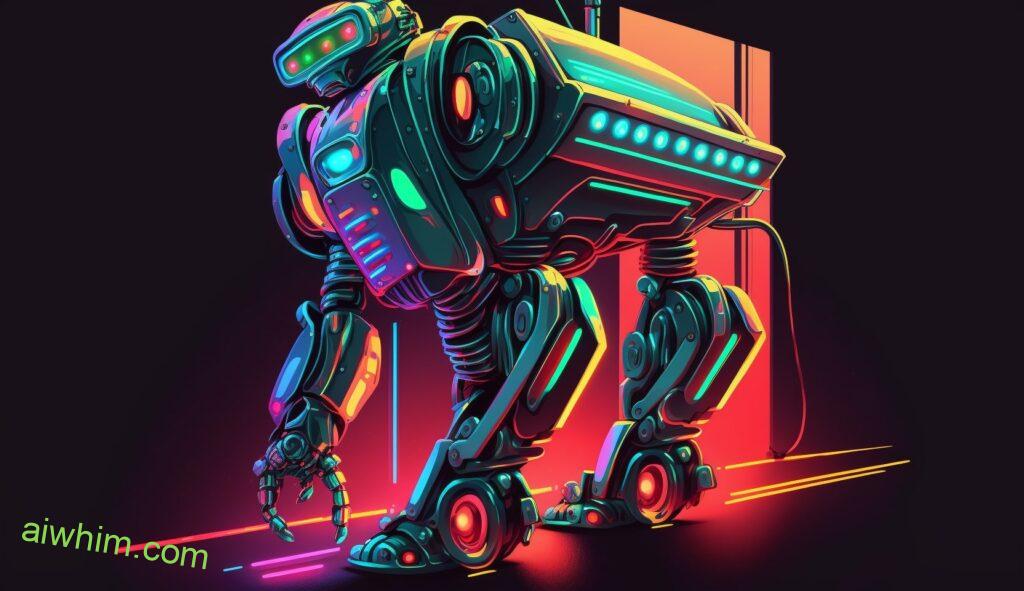
Training Required For AI In Radiologic Technology
There are some who may think that Artificial Intelligence (AI) replacing radiologic technologists is an impossibility, but this could not be further from the truth. AI technology has advanced rapidly in recent years and can now perform many tasks with greater accuracy than humans. However, it does still require training to ensure the accurate performance of its duties.
When it comes to radiologic technologist jobs, the necessary training requirements will depend on the type of job being performed by the AI system or robot. For example, if a robotic assistant was used for patient care, then it would need to understand medical terminology and procedures specific to radiology. It would also have to be able to interact with patients in a professional manner and provide advice that is correct and consistent with industry standards. In addition, any robotics assisting with imaging tests would have to be proficient at understanding images and identify abnormalities accurately while adhering to safety protocols as set out by regulatory bodies such as The American College of Radiologists.
The good news is that most current AI technologies already come equipped with specialized software for these types of tasks; all that needs doing is customizing them so they fulfill their purpose efficiently. Even though this requires extra effort initially, once up-and-running there should be minimal maintenance required which makes it a cost-effective solution over time. Furthermore, unlike radiologic technologist jobs where continuous training is needed throughout their career due to advances in technology, robots only need retraining when major changes occur in their field – making ownership financially viable long term too.
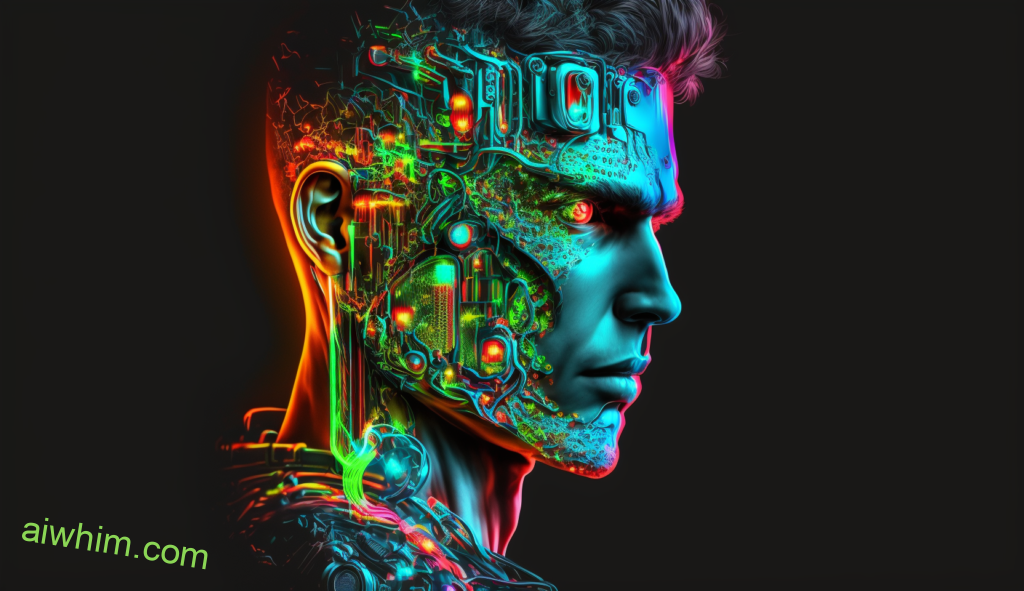
Impact On Patient Care If AI Replaces Rad Techs
The potential impact on patient care if AI replaces radiologic technologists is a concerning issue. If AI does replace radiologic technologist roles, there could be an adverse effect on the quality of medical imaging and healthcare in general. The following are five ways that this shift could negatively affect patients:
- Lack of Human Connection: Patients will no longer have direct contact with a caring professional who understands their needs.
- Loss of Expertise: Radiologic technologists may possess knowledge or skillsets not easily replicated by machines, thus compromising diagnostic accuracy and safety protocols.
- Greater Risk for Error: Machines can make mistakes, leading to misdiagnoses and delays in treatment.
- Increased Costs: AI technology requires significant investment upfront which, combined with additional training costs, might lead to higher healthcare prices overall.
- Diminished Empathy: Without human interaction between providers and patients, diagnoses become more clinical instead of being tailored to individual cases.
Though artificial intelligence has the potential to improve certain aspects of radiology such as efficiency and accuracy, it cannot replicate what humans bring to patient care – compassion and empathy. Healthcare should strive toward providing personalized care from professionals who understand patient needs while utilizing cutting-edge technologies when possible. It’s important that we consider how replacing radiologic technologists with AI would ultimately hinder progress towards achieving these goals.

Ethical Implications Of Replacing Humans With Machines
As the potential of Artificial Intelligence (AI) to replace radiologic technologist jobs grows, so too does the ethical implications of machines replacing humans. While it is true that AI can provide valuable services in a variety of medical settings, there are certain tasks which require human touch and emotional empathy; something robots cannot provide. This raises questions regarding how society should balance technology with patient care needs.
The use of machines to perform complex duties like those involving diagnostic imaging carries several risks. For instance, they may lack the same level of precision as their human counterparts or be unable to accurately interpret images due to limitations within their programming language. Moreover, if machines become increasingly sophisticated enough to take over these positions entirely, this could lead to job loss for thousands of radiologic technologists across the country.
This also has serious implications for patient safety and security since mistakes made by machines can have life-threatening consequences. Furthermore, using AI instead of people will ultimately limit the understanding of diseases and treatments because machines only operate based on what we program them to do rather than relying upon intuition or experience gained from working with patients directly. Ultimately, while AI holds promise for improving healthcare efficiency and outcomes, its use must remain carefully monitored and regulated in order to ensure both patient safety and ethical standards are upheld.

Regulatory Requirements For Using AI In Health Care Settings
Using AI technology in health care settings is becoming increasingly popular as its capabilities grow. To ensure that this new imaging technology meets the necessary safety and efficacy standards, regulatory requirements must be met before it can be implemented into a diagnostic imaging environment. This article will outline some of those regulations to consider when using artificial intelligence (AI) technology in health care settings.
The first requirement relates to data protection and privacy. As with any medical information, all patient data collected by AI systems must be kept secure and confidential according to relevant federal and state laws. Additionally, it is important for organizations to create policies around how they store, use, and share patient data gathered from AI-related activities.
Another critical aspect of using AI technology involves accuracy checks. In order for an AI system to provide reliable results and diagnoses, there should always be an independent review process conducted on the outputted data. Organizations should also have protocols in place for regularly testing their systems’ performance against existing datasets so that any potential inaccuracies or errors can be detected immediately.
Finally, institutions must take responsibility for ensuring that their staff members are adequately trained on properly utilizing the AI technologies being employed at their facility. It is essential that everyone involved in performing or interpreting these tests has been given sufficient instruction about both operating the equipment correctly and understanding the limitations of the system itself.*
- Nested Bullet Point List:
- Data Protection & Privacy:
- Ensure patient data is stored securely & confidentially
- Create policies around storing/using/sharing patient data
- Accuracy Checks:
- Independent review process on outputted data
- Regularly test systems’ performance against existing datasets – Use of established metrics to measure accuracy and reliability of data
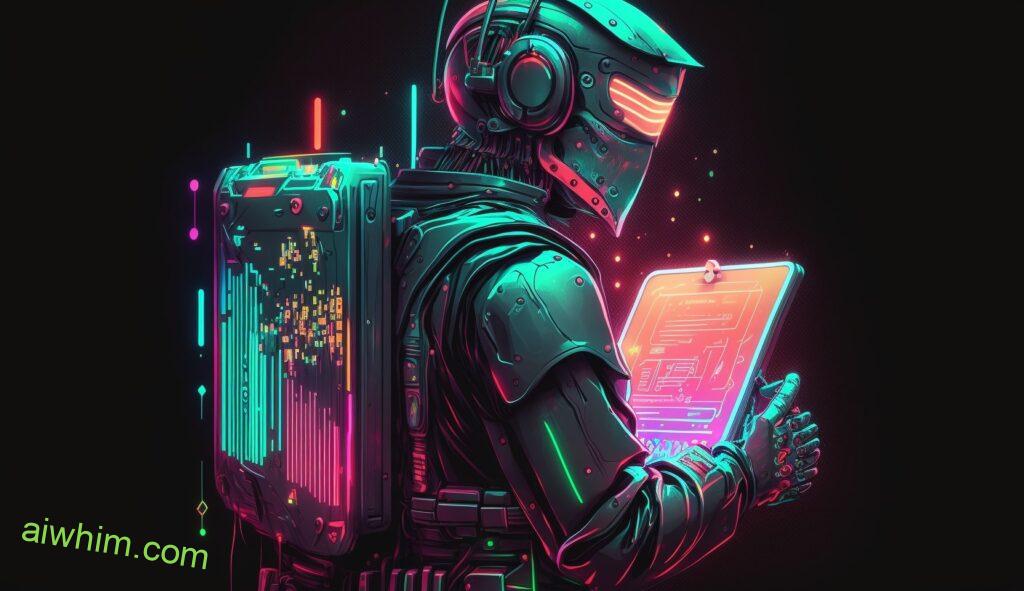
Role Of Professional Groups In Advocating For Rad Techs
Professional groups and organizations are important parts of advocating for radiologic technologists in today’s ever-changing healthcare environment. Radiologic technologist organizations represent the interests and concerns of those who work in this field, providing a collective voice to ensure that their members’ needs are heard. Professional advocacy organizations help promote improved standards of patient care, provide educational opportunities, and offer networking events that allow radiologic technologists to stay informed about current developments in the field.
Healthcare advocacy organizations play an especially critical role when it comes to making sure that radiologic technologists receive fair compensation and conditions throughout their employment lifecycle. By bringing together industry professionals from across the country, these organizations can make sure policies concerning wages, benefits, safety regulations, and other aspects affecting working conditions are well represented at all levels of government. In addition, they can also advocate for increased funding for research and development initiatives related to new imaging technologies as well as additional resources for training programs designed to meet changing demands within the profession.
The importance of professional advocacy organizations should not be underestimated when it comes to maintaining high quality standards in the radiology technology sector. They act as a unified force able to present compelling evidence on behalf of radiologic technologists so that their voices will be heard by decision makers both inside and outside the industry.
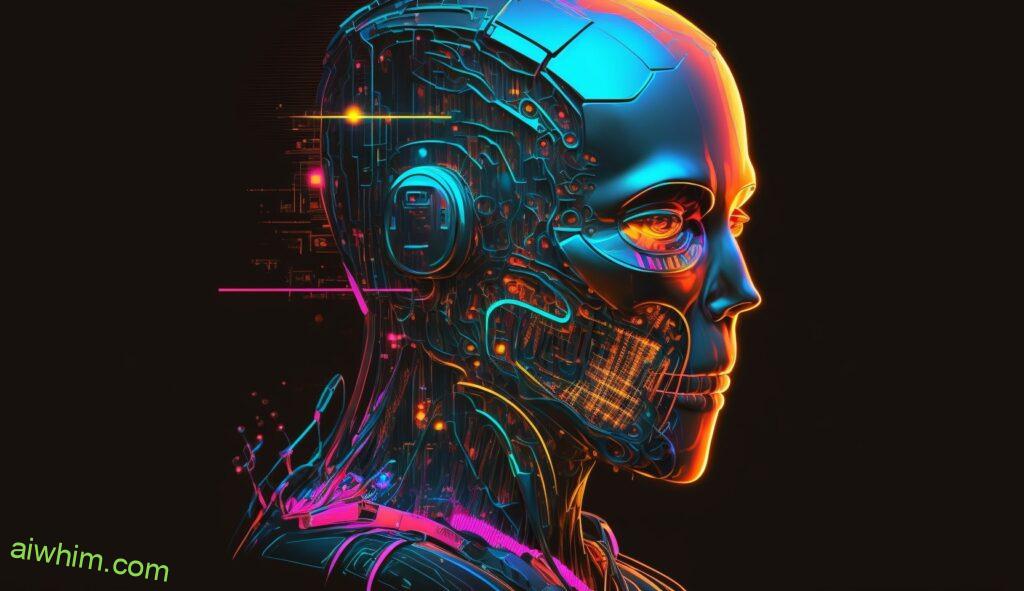
Future Outlook For Radiologic Technologist Jobs
The future outlook for radiologic technologist jobs is uncertain, but it’s likely that they will remain a necessary part of the diagnostic imaging field. Health care advances and technology – including AI – are sure to be integrated more and more into health care, but as of now there is no indication that these changes would replace the need for human radiologic technologists. Regulatory requirements for medical professionals mean that healthcare institutes must ensure accuracy in diagnosis, which could limit the scope of what AI can do in this field.
At the same time, technological advancements offer new opportunities for radiologic technologists to learn new skills and specialize their roles even further within diagnostic imaging systems. Furthermore, with increased automation through AI-driven technologies, rad techs may find themselves able to focus on other areas like patient education while an automated system handles some routine tasks. This shift could potentially lead to greater job satisfaction because workers have more control over their own workflows.
In short, although advances in healthcare technology will continue to affect the role of radiologic technologists, those who pursue educational opportunities in specialty fields or explore how they can use automation to streamline processes should find plenty of viable career options moving forward.

Preparing For The Future: Best Practices For Rad Techs
The future of radiologic technologist jobs is uncertain. As artificial intelligence (AI) becomes increasingly prevalent, it may replace some aspects of the job. To prepare for this potential change, radiologic technologists should focus on professional development and career advancement strategies.
Radiologic technologist training is essential to stay up-to-date with innovations in the field and remain competitive in the job market. Pursuing continuing education programs or other professional development opportunities can help expand a technologist’s skillset and make them more desirable as an employee. Additionally, specialized certifications demonstrate a commitment to excellence—a quality that sets you apart from others vying for employment in the same field.
Job market trends are constantly changing due to technological advancements like AI, so staying informed about these developments is important for any radiologic technologist looking to advance their career. Networking with peers and mentors provides valuable insight into new technologies being used within the industry and how they could affect your role going forward.
Here are 4 tips for radiologic technologists preparing for the future:
- Investigate available training courses and continuing education programs related to your profession
- Seek out certification opportunities that will set you apart from other professionals
- Stay abreast of changes in technology and evolving job market trends
- Connect with colleagues through networking events or online communities to gain insight into developing trends
By taking proactive steps towards professional growth, radiologic technologists can remain prepared against any potential shifts in their fields caused by technology advances such as AI. With dedication and ambition, they can continue thriving despite the ever-changing nature of their work environment.
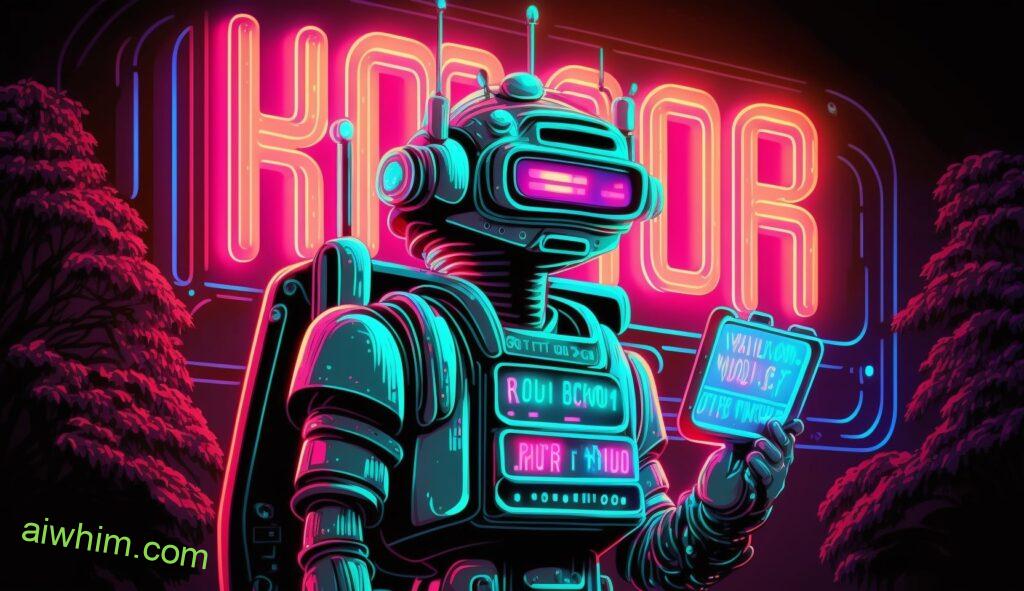
In Summary
In conclusion, while AI is expected to play a larger role in the field of radiologic technology and may cause some job displacement, it’s important for professional organizations to advocate on behalf of radiologic technologists. By preparing for this change now, radiologic technologists can set themselves up for success and remain competitive as the industry evolves. Radiologic technologists should focus on honing their skillset and keeping abreast of new developments so that they can adjust quickly with any changes. As Mark Twain said, “The secret of getting ahead is getting started”; by taking proactive steps today, radiologic technologists can ensure their place in tomorrow’s healthcare landscape.
Author: Ole Paulson
Author Bio: I’m Ole and on this website, I share everything there is to know about Artificial Intelligence, and useful tips for using AI to our advantage. I have a background in data science and research and have been following the AI-space for years. You can read more about me in the “About” page.

